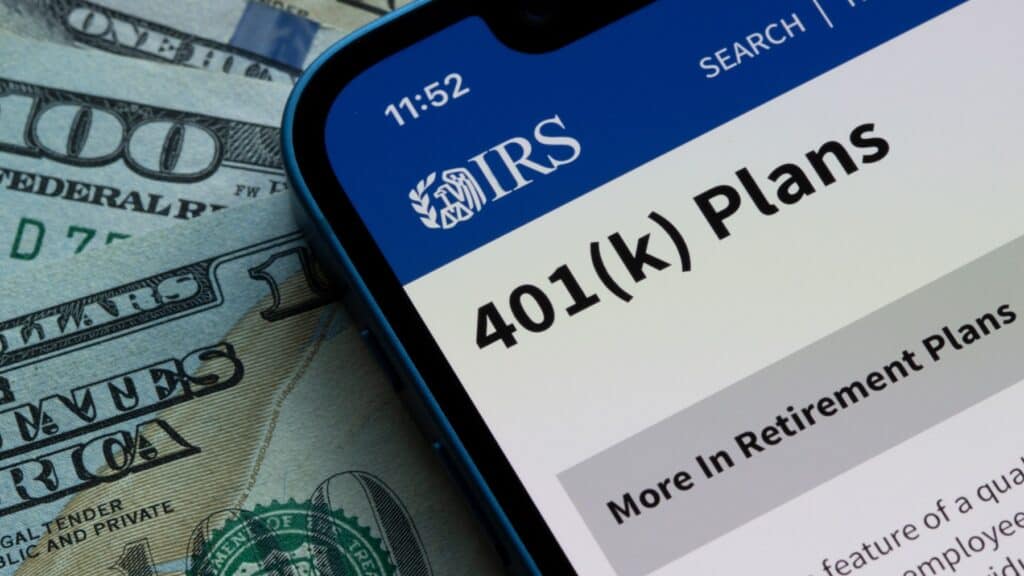A recent change in the law has made it easier for Americans to access their 401(k) and other retirement savings for emergencies, effectively turning these accounts into a financial lifeline for struggling Americans. Under new guidelines set by the IRS, individuals can now withdraw up to $1,000 from their 401(k) without penalty, provided the money is used to pay for a financial emergency. This includes expenses such as medical bills, funeral costs, car repairs or other urgent personal expenses, which, while still restrictive, is better than the previous rules, which penalized any withdrawal.
Previously, taking money out of a 401(k) for emergencies was more onerous. Individuals who needed to make such withdrawals were subject to income tax on the amount, and if they were under age 59½, they also faced a 10% early withdrawal penalty. Although the penalty could be waived for certain hardships, such as medical expenses, the process required sufficient documentation to qualify. In addition, once the money was withdrawn, it could not be rolled back into the 401(k) or transferred to another retirement account, compounding the loss.
How these 401(K) account withdrawals work
However, with the introduction of the SECURE Act 2.0, which took effect earlier this year, these restrictions have been eased and the new rules allow individuals to withdraw up to $1,000 per year from their 401(k) or IRA for emergency purposes without incurring the penalties that were previously in place. But it still comes with conditions, this withdrawal must be repaid within three years to avoid paying income tax on the amount. If the withdrawal is not repaid, the individual will still owe income tax on the funds, and they will be ineligible to make another hardship withdrawal until the original amount is repaid.
It is also important to note that there are limits to these withdrawals. For example, individuals cannot withdraw enough to reduce their retirement account balance below $1,000. In addition, participation in this emergency withdrawal option is not mandatory for employer-sponsored retirement plans, meaning that not all employees will have access to this option.
The timing of this regulatory change coincides with a significant increase in the number of Americans using their 401(k)s for emergency purposes. This trend is largely driven by persistent inflation, which has significantly eroded workers’ purchasing power. According to Vanguard data, about 3.6 percent of workers enrolled in employer-sponsored 401(k) plans took hardship withdrawals in 2023, up significantly from the 2.8 percent recorded in 2022 and well above the pre-recession average of about 2 percent. This is the highest rate of hardship withdrawals since Vanguard began tracking this data in 2004.
The spike in hardship withdrawals is partly a response to persistent inflation, which has driven up the cost of essential goods and services such as food and housing. The financial strain is especially severe for low-income households, where even small fluctuations in prices can have a significant impact on already tight budgets. As a result, many Americans are depleting their savings and increasingly relying on credit cards to cover basic living expenses, and their retirement accounts have become yet another asset to be depleted in order to stay financially afloat.
Despite the availability of emergency withdrawals, financial experts strongly advise against dipping into retirement savings unless absolutely necessary. Withdrawing funds from a retirement account can significantly undermine long-term financial security by disrupting the benefits of compounding. In addition, even under the new rules, individuals will still face tax consequences if the withdrawn funds are not repaid within three years. Despite the potential consequences for those who choose to tap into them, retirement savings can now help Americans make ends meet.

